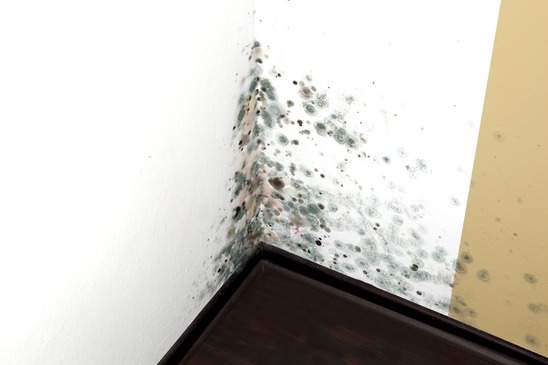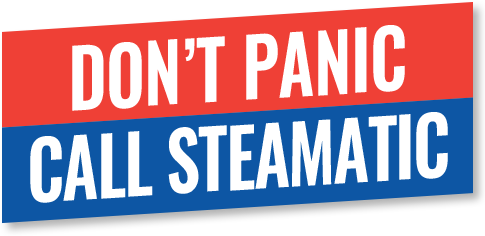
Beating Mold After a Flood
If a flood has happened in your home, you should know that you’re in a race against mold and bacteria. These pathogens thrive in damp environments and grow very quickly. Mold is dangerous for people who may have breathing problems associated with allergies or asthma. Symptoms of exposure to mold include wheezing, sore throat, shortness of breath and fatigue. Bacteria can also be a problem if your house was soaked by sewage. It can cause gastrointestinal and skin infections.
Mold isn’t the only threat from flooding. Bacteria may also be a problem if your house was soaked by sewage. Bacteria can cause dangerous gastrointestinal and skin infections.
This is why it is important to stop these pathogens before they cause irreversible damage to your home. If your home was flooded with sewage, you should call a professional to clean up as they are trained for these types of hazardous events.
Tips to begin clean up after a flood;
- Move things that have gotten wet outside the home to the garage, or driveway to allow them to try. Things like pillows, curtains and upholstered furniture.
- Use fans to get air moving in enclosed spaces
- Use a wet vac to suck moisture out of damp carpets
- Use a dehumidifier to keep moisture levels low
- Remove baseboards from flooded walls, they prevent drying.
Items that should be disposed of if they have been underwater, or look/smell moldy; carpets, rugs, computers, microwaves, papers, books, canned food items.
Items that can be salvaged include; jewellery, china, dishes, porcelain, wood furniture, photographs and books with small levels of mold, and artwork or clothes with no physical damage.
If the power has been out for a few days and the mold has already got the upper hand, you should bring in professionals. Steamatic is trained in identifying mold as well as eliminating it.

